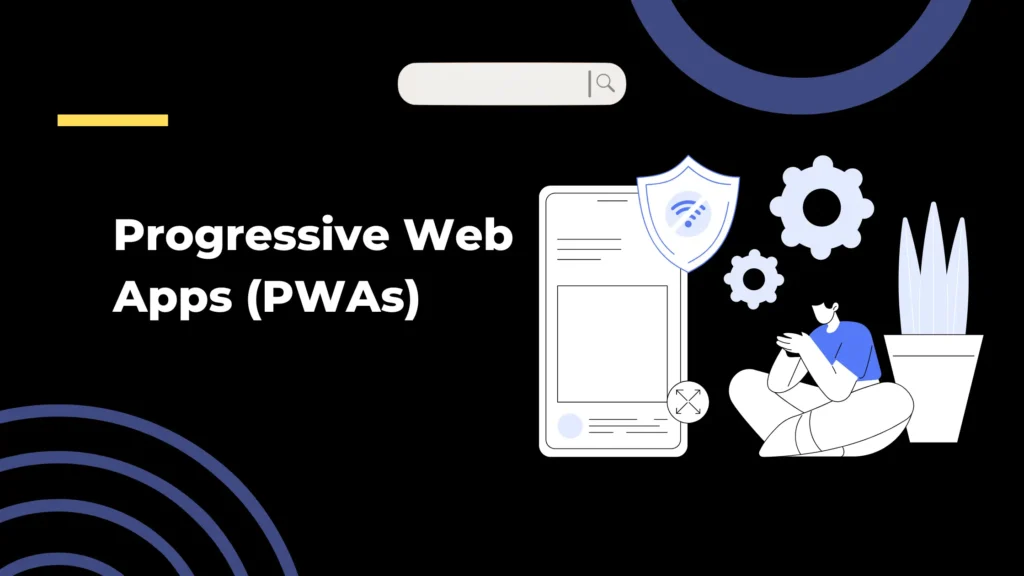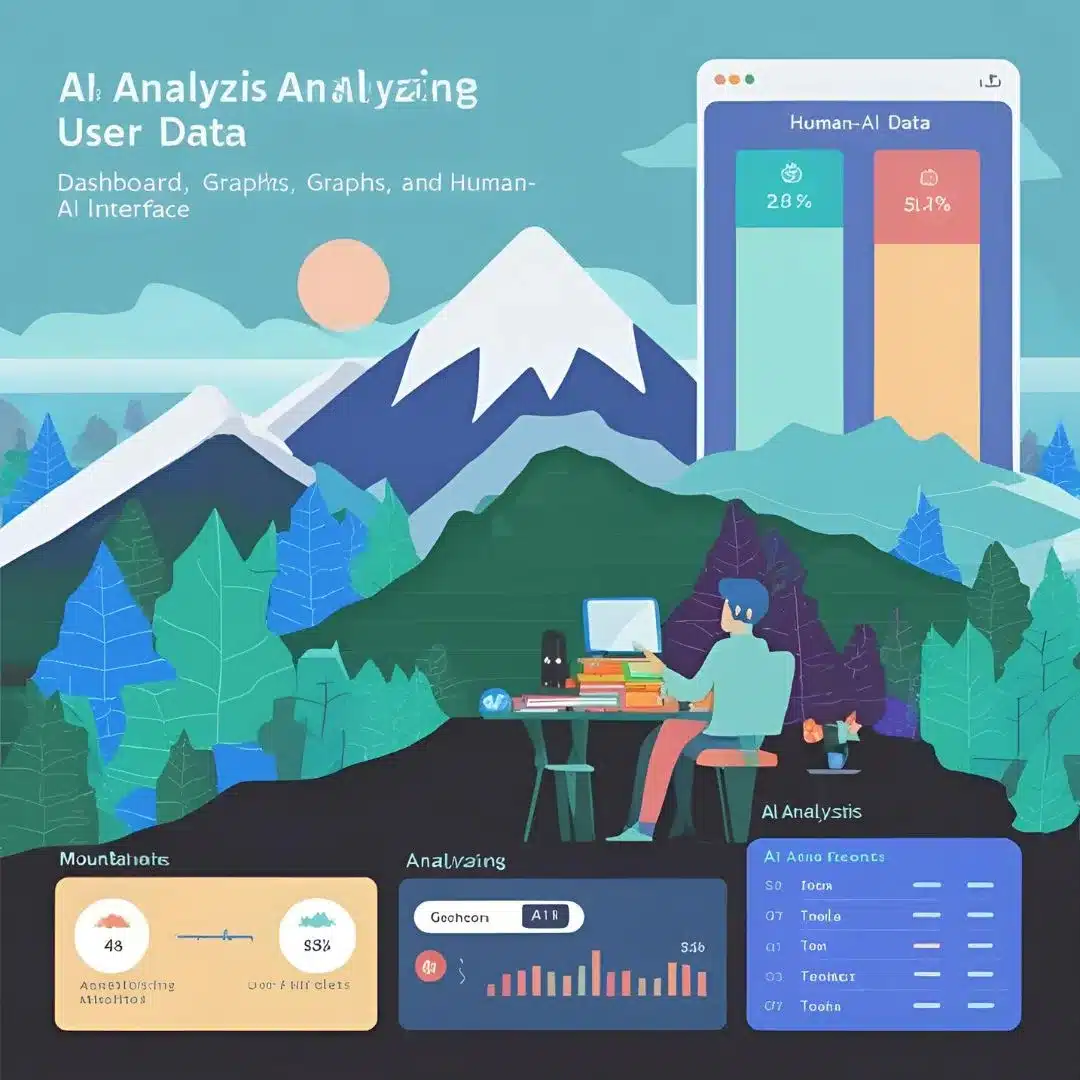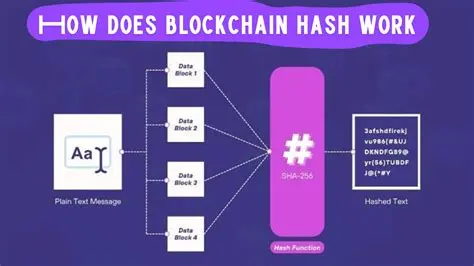The web development landscape continues to evolve, and one of the most notable innovations is Progressive Web Apps (PWAs). Today’s websites include the best features of websites and mobile apps, offering faster speeds, user engagement, and offline functionality. As businesses strive to deliver seamless digital experiences, PWAs are becoming a critical solution. In this article, we’ll take a closer look at how PWAs are creating the future of web development and why using them can improve website performance and user satisfaction.

Table of Contents
ToggleWhat Are Progressive Web Apps (PWAs)?
Progressive Web Apps (PWAs) are web-based applications that provide users with the functionality of traditional applications while maintaining the accessibility of the web. They are designed using standard web technologies such as HTML, CSS, and JavaScript, but include additional features such as offline use, push notifications, and post-syncing, all of which help make work faster, smoother, and more reliable for the user. The main technologies driving PWAs include service workers (caching of resources for offline use) and web app screen (allowing users to install PWAs directly on the home screen without having to download them from the app store).
Why Progressive Web Apps (PWAs) Are a Game-Changer in Web Development
1. Faster Load Times = Better User Experience
One of the most important factors in web development today is speed. A slow-loading website can drive users away, which can lead to higher costs. PWA reduces loading times by caching important data and assets from the Service Provider. This allows users to experience near-instant loading times, even on weak or offline connections. Google’s Core Web Vitals value places importance on speed, and PWA always tracks this metric.
2. Offline Functionality Increases Engagement
One of the main advantages of PWAs is their ability to work offline or under adverse conditions. The service provider stores important assets in the browser cache, allowing users to access content even when they don’t have an internet connection. This is especially useful for businesses like eCommerce, where users may want to browse products offline and purchase them later.
3. Improved Mobile Experience and Responsiveness
As mobile web usage continues to grow, it’s becoming increasingly important to maintain a consistent design across devices. PWAs are designed for mobile devices first, meaning they’re fully responsive and provide a great user experience whether accessed from a smartphone, tablet, or desktop. This change makes PWAs a powerful tool in today’s business world, where more than half of the world’s web of activity is made up of websites.
4. SEO Advantages of PWAs
Just like traditional websites, PWAs can be indexed by search engines, making them more SEO-friendly than traditional apps. Thanks to faster load times, better design, and greater user engagement, PWAs tend to rank higher on search engine results pages (SERPs). The HTTPS protocol that PWAs rely on also helps improve security, another ranking factor in Google’s algorithm. Ranking on Google means more organic traffic.
How PWAs Are Changing the Future of Web Development
1. Shifting Focus to User-Centric Performance
In the past, web development was more about design and functionality. Now, the focus has shifted to performance metrics like speed, engagement, and user engagement. PWAs fit these goals well by providing faster load times, improving mobile experience, and improving user retention through features like push notifications. The shift to performance-driven development is making PWAs the future standard in web development.
2. Bridging the Gap Between Web and Mobile Apps
Traditionally, businesses had to create websites and mobile apps that would meet the needs of every user at all times. However, this approach can be costly and time-consuming. PWAs provide an app-like experience directly from the browser, eliminating the need for a separate application. This means that businesses can now use the same policy framework to cover desktop and mobile users, reducing development and maintenance costs while increasing the quality of investment.
3. Lower Development and Maintenance Costs
Creating native apps for iOS and Android requires high-quality developers and ongoing maintenance. In contrast, since PWAs are built using traditional web technologies, they are more expensive to build and maintain. They also do not require app store permissions for updates, allowing developers to push changes instantly. This speed of development and innovation makes PWAs a great potential, especially for small and medium-sized businesses.
4. Increased User Engagement Through Push Notifications
Push notifications are one of the most powerful tools for increasing user engagement, and PWAs provide this functionality without requiring users to download an app. Businesses can keep users engaged and increase retention by sending them information about new products, promotions, or updates. This feature is especially useful in industries like ecommerce, media, and retail, where timely notifications can increase conversions.
Industries Leading the PWA Revolution
Some businesses are already aware of the benefits of PWAs. Companies like Twitter, Pinterest, and Alibaba report significant improvements in user engagement, load times, and conversion rates after using PWAs. Ecommerce is one of the leading PWAs businesses are using to improve marketing, reduce cart abandonment, and increase sales.
Future Trends for PWAs in Web Development
As web technology continues to evolve, PWAs are expected to become more powerful. Features like the integration of augmented reality (AR), virtual reality (VR), and advanced AI can be added to PWAs to create a more immersive experience for users. Additionally, adoption will increase as more browsers and devices support PWA functionality, making PWAs the preferred choice for developers looking to deliver fast, reliable, and engaging web experiences.
Conclusion: Progressive Web Apps (PWAs)
Progressive Web Apps (PWAs) are revolutionizing web development by offering a combination of performance, offline functionality, and similar functionality. For businesses looking to stay competitive, using PWAs can provide significant benefits, including better SEO performance, better user engagement, and lower development costs. As PWAs continue to evolve, they will play a significant role in future web development, making them a must-have technology for business.
References: Progressive Web Apps (PWAs)
Check out these new blog posts:



